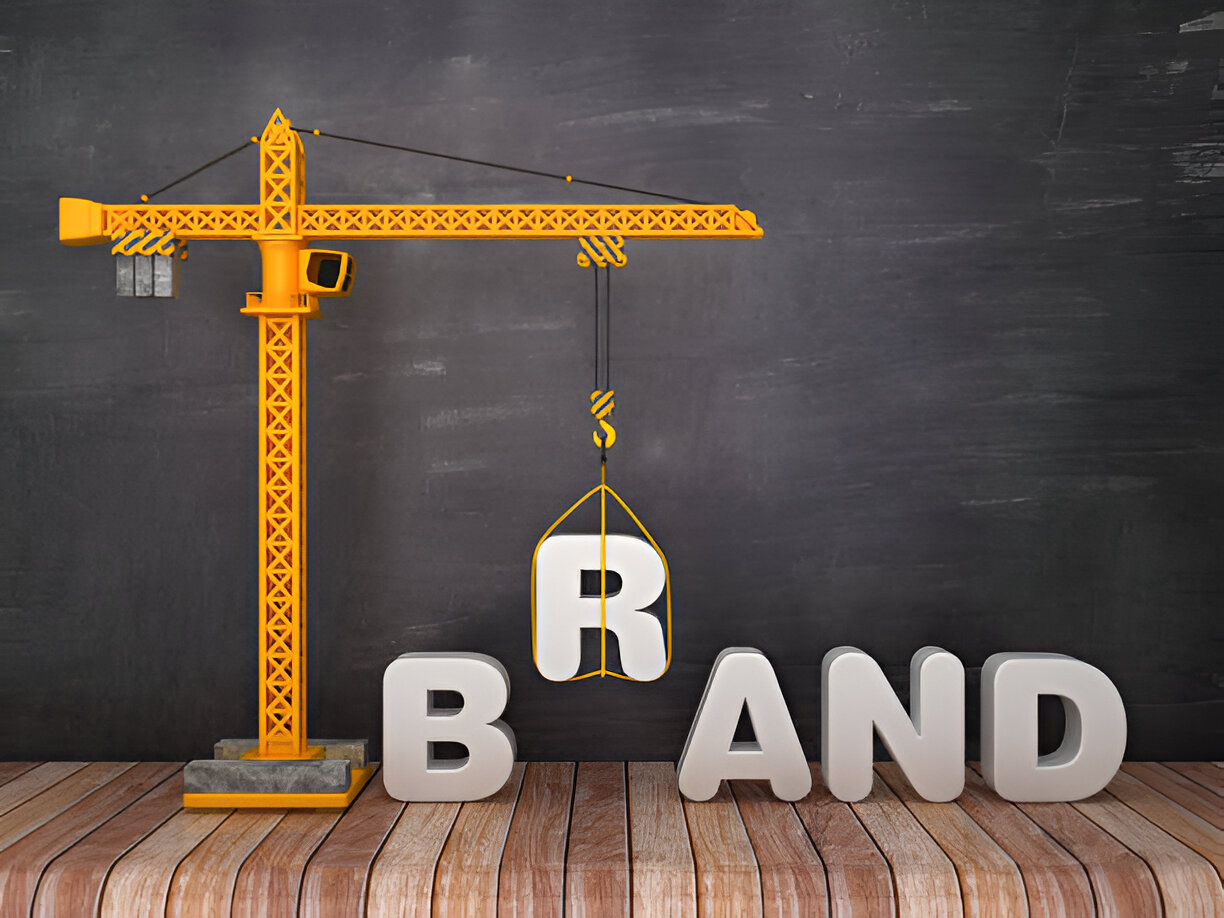Many Amazon sellers start with a simple goal—to make money by selling products. Some succeed and even grow their sales beyond 7 figures. But what happens after that? Should you continue just selling products, or is it time to think bigger? This article explores the important shift in mindset and strategy needed to move from being an ordinary Amazon seller to becoming a true brand owner with long-term goals.
Selling Products vs. Building a Brand
What It Means to Just Sell Products
When you’re just selling products, you’re focused on short-term profits. You find items that are in demand, source them, list them on Amazon, and try to make a sale. This model can be fast and profitable at the start, but it has some limits.
What It Means to Build a Brand
Building a brand means creating something unique. Your business is not just about one or two products. It becomes about your message, your values, and how customers feel when they buy from you. A brand creates trust, loyalty, and a lasting impact.
Example
Ali, an Amazon seller, used to sell kitchen tools from various suppliers. After a while, he created his own brand called “ChefMate.” He added custom packaging, a logo, and a story behind the brand. Soon, customers started searching for ChefMate—not just kitchen tools.
Why Scaling Beyond 7 Figures Requires a Mindset Shift
Short-Term vs. Long-Term Thinking
If you’re only selling for profits, you might jump from one trend to another. But to grow beyond 7 figures and stay successful, you need to think long-term. Ask yourself: How can I stay in the market for the next 5–10 years?
Focus on Customer Experience
Brand owners care deeply about how the customer feels. From packaging to after-sales support, every detail matters. Good experiences lead to reviews, repeat buyers, and free word-of-mouth marketing.
Your Business Becomes an Asset
A brand has value beyond sales. It becomes an asset you can sell or pass down. Investors or buyers are more interested in a brand than a generic store.
Strategies to Become a Brand Owner
Step 1 – Define Your Brand Identity Name and Logo
Pick a name that is easy to remember and relevant to your niche. Design a clean, simple logo.
Brand Story
Tell people why you started. Did you solve a problem? Share your journey. This helps customers feel connected.
Step 2 – Register Your Brand on Amazon
Use Amazon’s Brand Registry to protect your brand. It also gives access to tools like A+ Content and a branded storefront.
Step 3 – Optimize Your Listings
Use high-quality photos, write helpful descriptions, and focus on benefits, not just features. Keywords help you get found, but storytelling builds trust.
Marketing a Brand vs. Selling a Product
Social Media
Brands use social media to connect with followers. Share behind-the-scenes content, tips, and updates. It builds community.
Influencer Partnerships
Work with influencers who share your values. Their followers trust them, and this can grow your audience fast.
Build an Email List
Stay in touch with customers. Share tips, product news, and special offers. This turns one-time buyers into loyal fans.
Examples of Strategic Shifts
From Dropshipping to Brand
Maya sold fitness gear through dropshipping. Sales were good, but profits were low. She started her brand, “FlexFit,” with quality gear, branded packaging, and a clear mission. Her repeat customers increased, and she started getting wholesale requests.
From Private Label to Unique Brand
Usman started with private-label products. Over time, he noticed that customers liked his pet supplies. He focused on pet care, created a brand identity, and launched new products under one label. Today, his brand has 10+ items and a loyal base.
Common Mistakes to Avoid
Ignoring Feedback
Don’t assume customers are happy. Read reviews, take complaints seriously, and fix problems quickly.
Poor Branding
A logo alone is not enough. Make sure your packaging, customer service, and message are consistent.
No Long-Term Plan
If you don’t plan, you’ll end up chasing trends. Think about where you want to be in 3, 5, or even 10 years.
Benefits of Building a Brand
- Higher customer trust
- Better profit margins
- Easier to expand into new products
- Brand loyalty
- Potential to sell your business in the future
Conclusion
Scaling beyond 7 figures is not just about selling more—it’s about becoming more. When you shift your thinking from being a seller to a brand owner, you build something real, something people trust. It’s not easy, but with the right mindset and strategy, your business can grow far beyond your expectations.
By following these simple steps and staying focused on building value, you’ll create a brand that stands the test of time.
FAQ:
1: What does “scaling beyond 7 figures” mean?
It means growing your business to make more than $1 million in annual revenue—and then expanding further. It’s about building systems, branding, and marketing strategies that support long-term growth, not just one-time sales.
2: What’s the difference between building a brand and just selling products?
Selling products is transactional—you’re focused only on making a sale. Building a brand is about creating a lasting relationship with customers through a unique identity, values, and consistent experience. A brand adds emotional value, which leads to loyalty and repeat business.
3: Why is branding important when scaling past 7 figures?
Branding sets you apart from competitors and builds trust with customers. It allows you to charge premium prices, attract loyal fans, and create a scalable business that isn’t dependent on just one product or platform.
4: Can I scale past 7 figures by just selling trending products?
Yes, but it’s risky. Trends fade quickly, and competition increases. Without a brand, your business lacks identity and long-term customer loyalty. A brand protects you from market fluctuations and pricing wars.
5: What are key elements of a strong eCommerce brand?
- Clear mission and values
- Unique brand voice and visuals
- Consistent customer experience
- Memorable packaging and messaging
- Strong social proof (reviews, testimonials, UGC)
6: How do I transition from selling products to building a brand?
Start by identifying what makes your business unique. Create a story around your product. Invest in brand assets (logo, packaging, messaging). Focus on customer experience, loyalty programs, and content marketing to engage your audience.
7: How does brand building help with customer retention?
Customers remember and return to brands they trust. A brand creates emotional connections, making people more likely to buy again, refer friends, and engage on social media—reducing your customer acquisition costs over time.
8: Is it more expensive to build a brand than to just sell products?
Initially, yes. Branding involves investment in design, marketing, and customer experience. But in the long run, it becomes cheaper because loyal customers spend more and cost less to retain.
9: What tools or platforms can help me build my brand?
- Shopify or WooCommerce for a branded store
- Klaviyo or Mailchimp for email marketing
- Canva or Adobe for visuals
- Social platforms like Instagram, TikTok, YouTube
- Influencer or affiliate marketing for awareness
10: What’s the biggest mistake sellers make when scaling beyond 7 figures?
Focusing only on sales and ignoring the customer experience. Many businesses grow fast by pushing products but stall because they don’t invest in brand loyalty, customer support, or sustainable marketing strategies.





